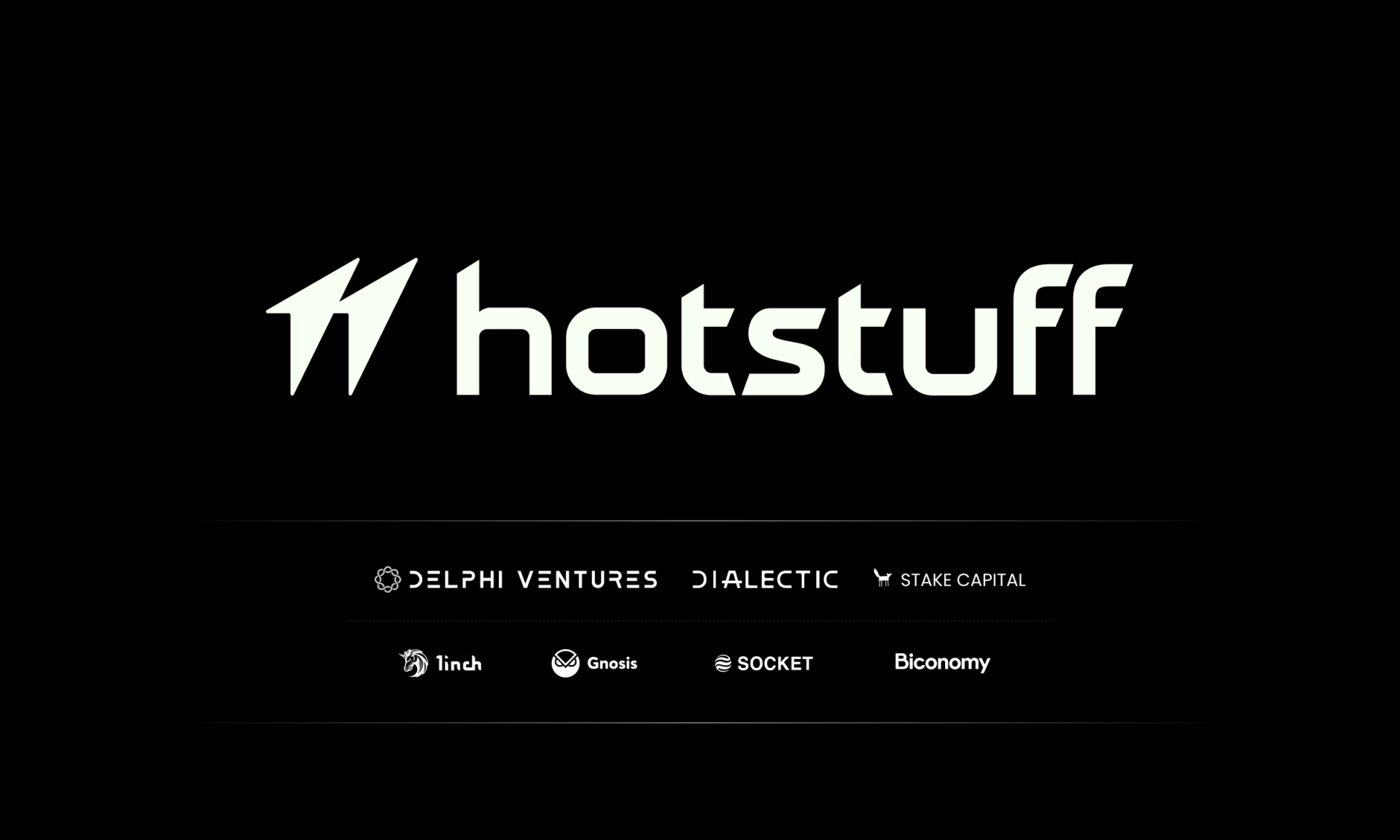Bitcoin keeps support at $19,500 while it rejects the $20,500 level. Observingly, It is hovering around the $20,100.
The volatility in the crypto markets has taken some cooling off. This is resulting in shrinking Bollinger Bands formation.
This might soon see an upward jump as the contraction is followed by expansion. In the near term (4H time interval), the risk asset might see a rejection from $20,500 – $20,600.
Showcasing the relative strength on the RSI meter, the asset has been marching upwards. Especially since taking support at a trend line running from June end. Furthermore, Bitcoin might see some support at the trendline connecting June 30th. The support point stands at $19,400.
A likely scenario that could play out would be Bitcoin getting rejected at the $20,500 level. Following it might take support at the nearest trendline and march again upwards to $22,000
According to the data from Glassnode, Bitcoin seems to be at oversold levels. The ‘Mayer Multiple’ currently stands at 0.51. This indicates that bitcoin is 0.49 below the stand level of 1, which represents 200 day MA line.
Bitcoin keeps Support, Ethereum follows the trail
After the June 30th dump, ETH finds the support of $1000.
At the current price action, Eth is taking resistance from 20-day SMA.
Moving ahead, Eth might need to break above the $1100 level to show some signs of strength formation. As of now, on the higher upside, ETH is facing resistance at $1500 levels and $900 on the flipside. Now, Ethereum is trading at $1134.
The Future of Ethereum
Ethereum is being run on the networks supported by users and miners.
Users on the Ethereum network pay gas fees to miners to get their unconfirmed transactions approved. At the same time, Miners on the Ethereum network pick the transactions with the most benefits.
The most relevant order involves the one with the highest gas prices. This is to extract “maximal extractable value†(MEV) for all the blocks that they process.
Statistically, the top 5 Ethereum miners control 65% of the entire network’s mining operations. This raises concerns about centralization that runs deep in Ethereum’s network.
The solution? A shift from Proof-of-Work to Proof-of-stake. This could result in a change from centralization to a decentralized network. Smooth execution of the following events could lead to a positive impact on Ethereum’s prices.











